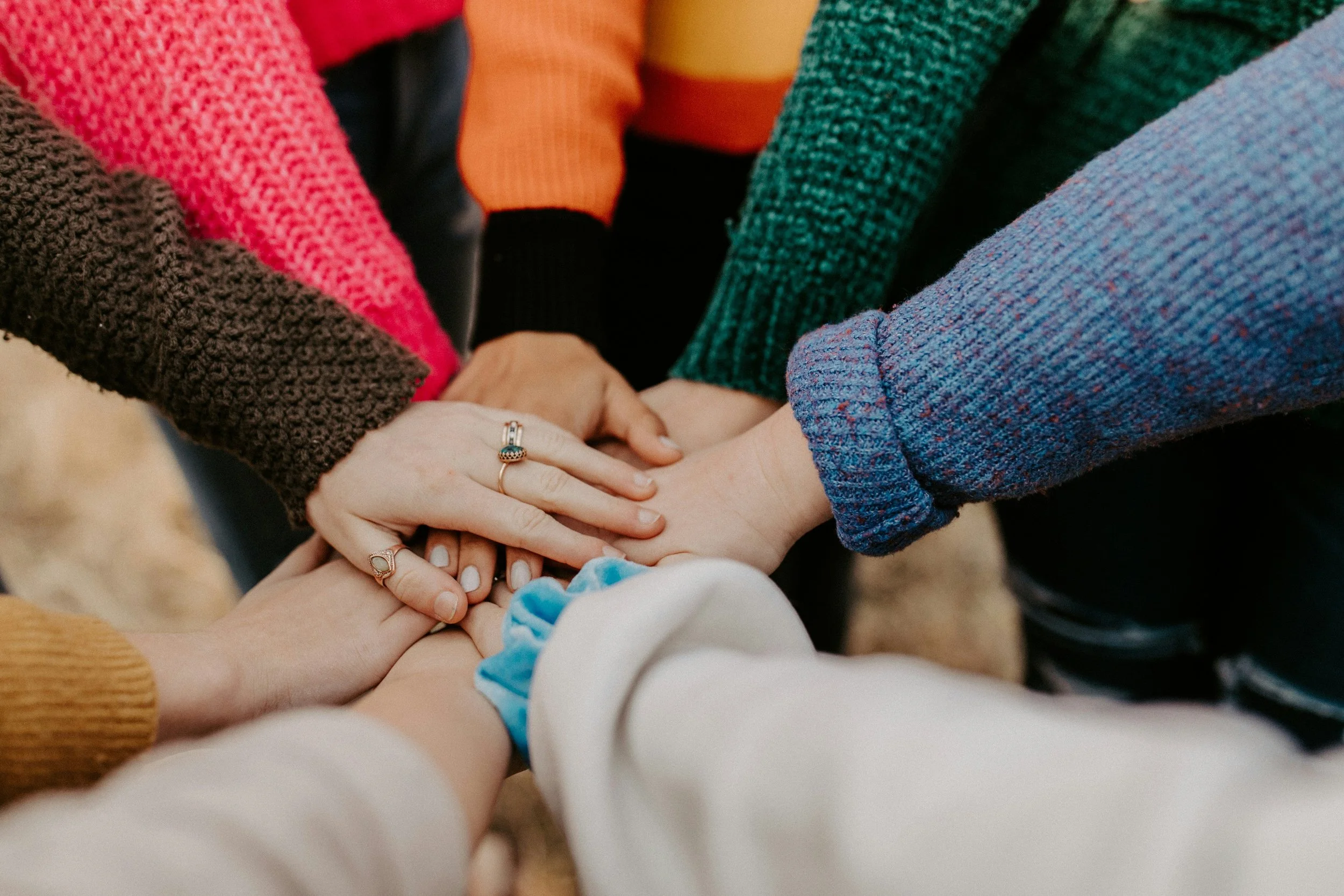Sanctuary, Dignity and Design
I celebrated the 18th anniversary of my 39th birthday this week and as usual, it has been a time of reflection and taking stock. Well, there has also been a fair amount of eating and drinking involved as well, along with a beautiful hike through the mountains.
Yes, I’m smiling as I type this.
I was thinking about the interesting directions my work of creating spaces of sanctuary has taken me and the incredible projects that I have been able to work on. But as of late, it’s been a focus on commercial spaces that affect LOTS of people that has captured my imagination.
I’ve written about the completion of the Gulfshore Playhouse in Naples, and we are now working on a plan to refurnish the lobby of our downtown Sugden Theatre.
We are also in the midst of a full design package for the new STARability Foundation Campus in North Naples – a learning and (future) living center which will provide programming and resources to adults in the IDD (intellectual and developmental disabilities) community and their families.
As I design all of these spaces, and particularly as I consider the unique needs of those who are a part of STARability, I find myself often returning to one simple question: How can a carefully crafted space inspire feelings of safety, peace and wellbeing, even when it must serve multiple purposes and be shared/experienced by many people?
And so, in search of some answers to my question, I learned about an incredible man by the name of Jose Jordan. He is the principal architect at DLR Group in Orlando Florida, a firm specializing in civic architecture and I recently had the pleasure of hearing him speak at a conference for commercial interior design in Chicago.
But first, what is civil architecture?
It's basically what it sounds like: the design of public buildings such as courthouses, government offices, and public community centers.
Talk about places that need sanctuary!
Jordan’s presentation, entitled Secure: A Healing, Equitable, Transformative Design Approach, dealt with ways design can transform the lives of those in juvenile justice systems. Jordan shared his experience of how, when we prioritize healing, dignity, and community wellbeing in our designs, we can reshape intimidating environments into spaces that foster resilience, reduce recidivism, and inspire positive change.
This is so powerful.
After learning more about Jose Jordan’s work through some interviews he did with Imagine a Place and SURROUND, I found the answer to my question: sanctuary in public spaces begins with designing for dignity. It’s about using the tools of our trade—light, materials, layout, sound—to communicate, “You matter. You are safe here.”
In a sentiment that I deeply share, Jordan explains that not only do people who might be entering a courthouse or medical center deserve a well-designed space, they likely need it even more.
Sometimes the people who are dealing with the type of hardship that leads them to appear in courthouses have not had the opportunity to seek sanctuary or calm in their daily lives. I see it to be our job as designers and architects to create sanctuary in these public spaces for them.
Not only is it our responsibility to provide people with well-designed spaces, it is a privilege to do so because of the far-reaching and widespread effect this can have on not only our community but the world as a whole. Sanctuary on a personal level can be profound: a space, a room or a house can affect the inhabitants and visitors. But when workplaces, medical centers, schools and government buildings embrace the tenets of sanctuary in terms of design, we can inspire whole communities of people to be more calm, present, and perhaps even more kind.
Doesn’t that sound amazing?
I’ve come to realize that what may seem like small details in design choices—like offering privacy, framing views of nature, incorporating natural textures and colors, or creating soft, quiet, inviting nooks of space—can actually lead to deep and lasting, positive change.
As designers, we have the opportunity to be intentional when we craft the spaces that shape people’s lives. Whether in a private residence or a bustling public building, the pursuit of sanctuary remains the same: to create environments that uplift, soothe, and support the human spirit. The more I explore this work, the more I understand that sanctuary isn’t a luxury: it’s a necessity. And when we design with that in mind, we don’t just build better spaces, we build a better, more compassionate world.
And with that, the critical nature of our work in consulting with businesses and organizations of all kinds is highlighted in the very best of ways.
Where do you visit that you wish had more sanctuary? I’d love to hear.
With love and gratitude,
Lisa

